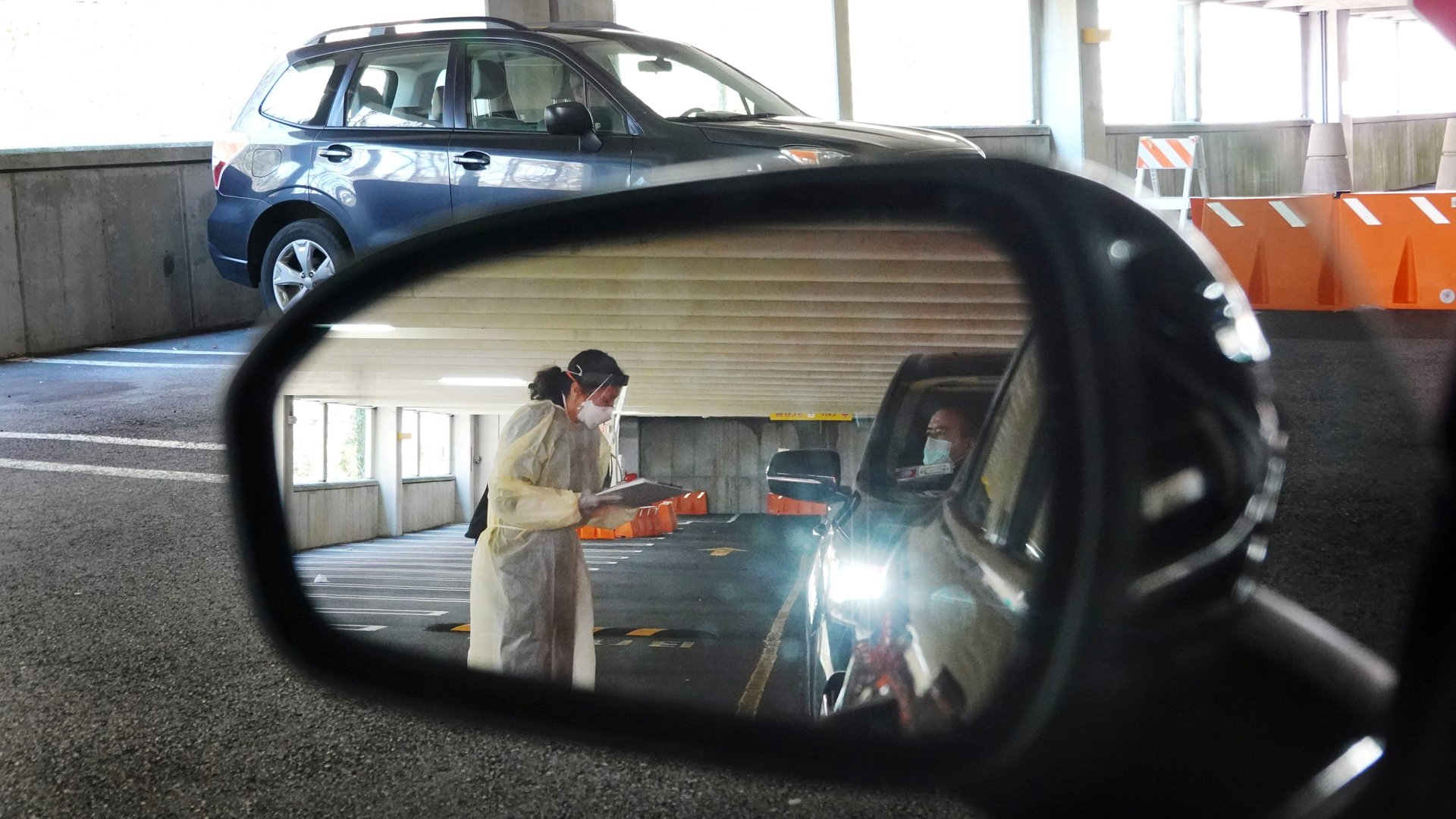Should coronavirus cases be reported by city? Officials across the US disagree
All around the United States, leaders in cities and towns large and small are having the same argument: To share, or not to share?


All around the United States, leaders in cities and towns large and small are having the same argument: To share, or not to share?
As Covid-19 spreads around the country, rural areas that might have thought themselves relatively safe are now reporting infections and deaths. But for residents of those areas, the case counts provided by their states can seem so vague as to be useless: They’re often reported only at the county level.
That means it often falls to individual counties and their constituent towns to decide whether they should publicly report city-level coronavirus case totals. Many have decided to publish their own tallies on local health department websites. But at every jurisdictional level, leaders must debate how to balance transparency of public health information with patient privacy.
Some public health authorities have pushed back against the practice of self-reporting town figures. In Massachusetts, the state health department recommended that cities and towns stop releasing their community-level case counts in late March, reasoning that doing so could jeopardize the privacy of Covid-19 patients.
As reported by the Lowell Sun, the recommendation read:
We understand that many boards of health find value in sharing community-specific data as part of a risk communication plan and to keep the public informed about the scope of the local public health effort. If you choose to share numbers of cases or deaths for these purposes, please do so with the highest regard for privacy and confidentiality by not including any information other than the case count.
Local health departments record lots of demographic data about each Covid-19 case, including patients’ age, gender, and racial and ethnic background. That information is critical to inform research into the novel coronavirus and manage public health responses. But reporting all those attributes together makes it more likely that an individual, especially in a small city, could be identified—and some worry that the associated stigma could discourage people from seeking medical help.
Other officials, though, have suggested that the stigma could be not against individuals, but the towns where outbreaks occur.
If the choice to report at the town level is based on patient privacy concerns, not every state is implementing that guideline uniformly. In Georgia’s daily status report, for example, total case counts are given by county, not town—but the state also lists each individual Covid-19 death by age, gender, county, and presence of underlying health conditions, making it comparatively easy to identify the deceased.
It is possible to release town-level data responsibly. But doing so can hinge on reaching a certain threshold of cases. Once a town has seen significant community spread, it becomes more difficult to determine the identity of any one case confirmed within its borders.
Currently, there are just a few states that regularly report data at the town level. Connecticut, which has recorded more than 11,000 cases, shares town-level data in its daily update (pdf). Alaska does too. Florida, which was encouraged to report cases locally at the end of March, makes its data available by zip code; others include Illinois, Maryland, and Delaware (pdf).
If states don’t themselves report town-level data, their constituent counties might. These may tend to be counties that include large cities with higher total case counts, like Milwaukee County in Wisconsin; as of April 12, the city of Milwaukee accounted for 1,300 of the county’s 1,700 confirmed cases. Or Tarrant County, Texas, where Fort Worth accounts for 310 of the county’s 806 reported cases.
In New York state, several counties have recently started reporting town-level data. In Essex County, a board of supervisors from representative towns ordered the data to be made public on April 6. The Adirondack Daily reported one town supervisor’s reasoning: “Every town should know how many active cases are in any given community,” said Roy Holzer. “I think every time we release that information, it brings a new awareness to the virus itself.”
Town-level data like these can be a critical tool in delivering public health messages. In a time plagued by uncertainty, residents may feel they have more control over their health when they know what viral spread looks like in their own backyard.
What the reporting debate underscores, though, is the absence of the kind of tracking that could meaningfully inform individual decision-making: The high-volume testing and contact tracing that would allow for real visibility into Covid-19’s spread.
The struggle can be seen in New Hampshire’s efforts. The state reports cases by town, and has posted notices informing citizens of a few places—a donut shop, a bus line, a DMV site—where they may have been exposed to the virus. But with nearly 1,000 cases (pdf) in the state so far, the reports can’t possibly be comprehensive.
As a result, there can be a downside to hyper-localized reporting. Residents of towns with low or no reported cases may feel emboldened to go about their lives as normal. But testing bottlenecks remain in many parts of the country, meaning that official counts—which still require a positive test, not simply coronavirus-like symptoms—can vastly underestimate the number of cases actually present in a community.
And the fact remains that Covid-19 is often spread by people who aren’t experiencing symptoms; there may be infected members of a community who don’t even know that they’re sick.
So regardless of the prevalence of coronavirus in your own community—and the data available about it—the guidelines are clear: Behave as if the virus is everywhere. That means staying home as much as possible, regularly washing your hands for 20 seconds, maintaining physical distance from others when you do leave the house, and wearing a cloth mask to help prevent transmission.